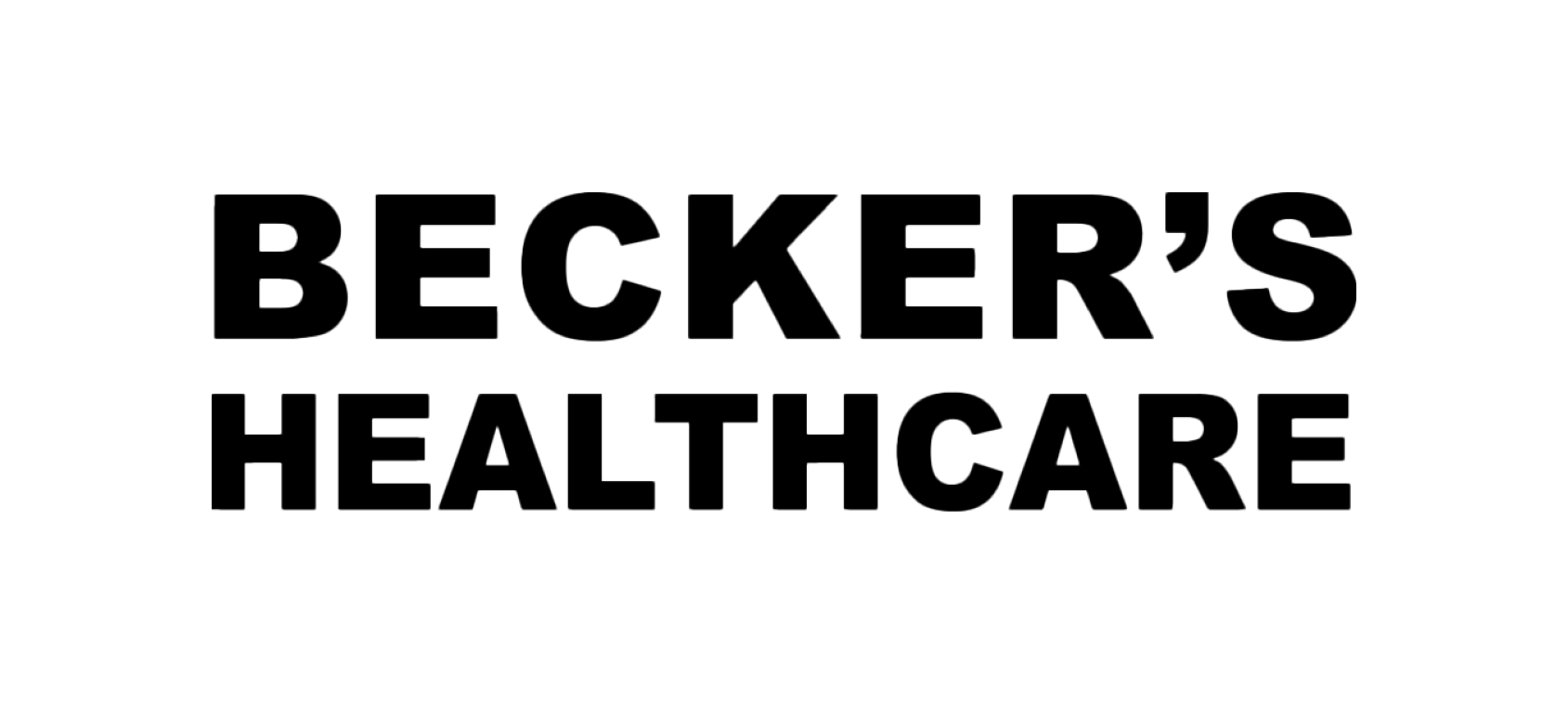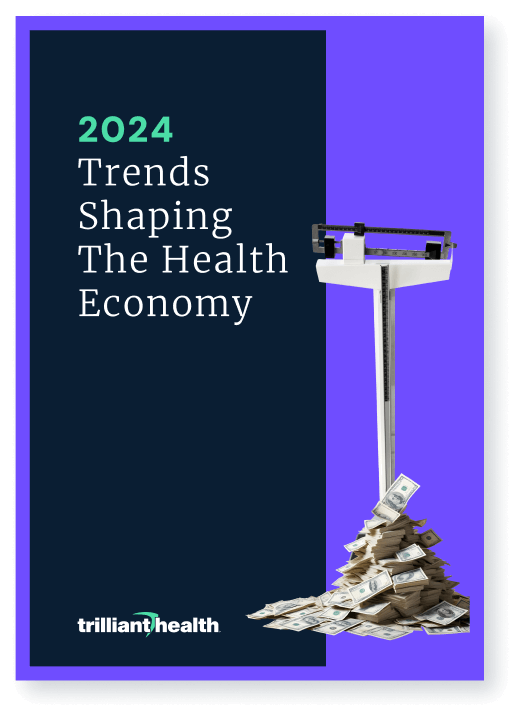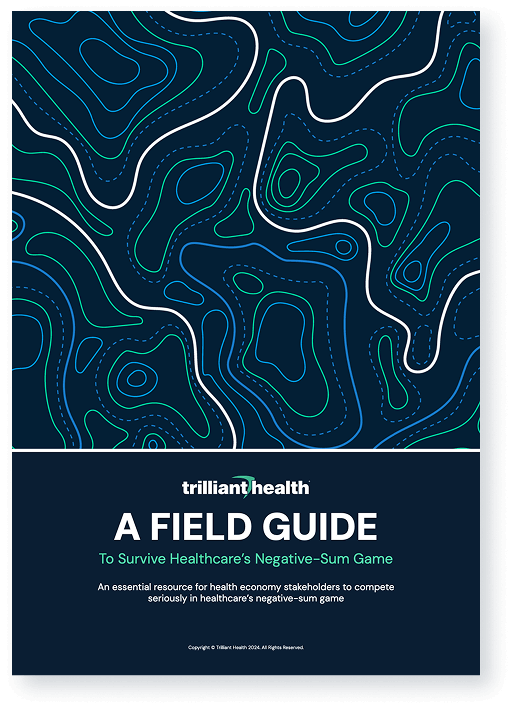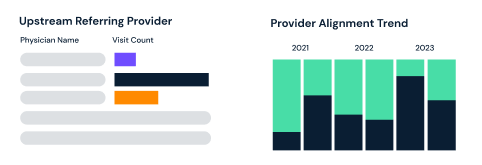See how referrals impact
margins
Understand the referrals you win — and the ones you lose to competitors. We turn billions of rows of healthcare data into clear, actionable insights.
Try Our Analytics for Free


Attracting and keeping commercially insured patients is more important than ever.
Gain visibility into inpatient and outpatient care to close access gaps.
See when providers refer out-of-network and where patients go next.
Benchmark rates to compete on cost and quality at every step of every care journey.
Analytics Platform
Explore how physician decisions shape your market.
Our solutions provide best-in-class analytics to understand how physician decisions impact patient journeys.
Strategic Vision
Forewarned is forearmed.
We see where healthcare is going, and your organization will benefit from our strategic insights and industry expertise.
A monthly publication inviting readers to think differently about the challenges facing America’s health economy
A five-part guide offering evidence-based strategies and tactics to win healthcare’s negative-sum game
An interactive tool that helps identify benchmarks for success based on similar markets and health systems
Our findings have been featured in


.png)

























